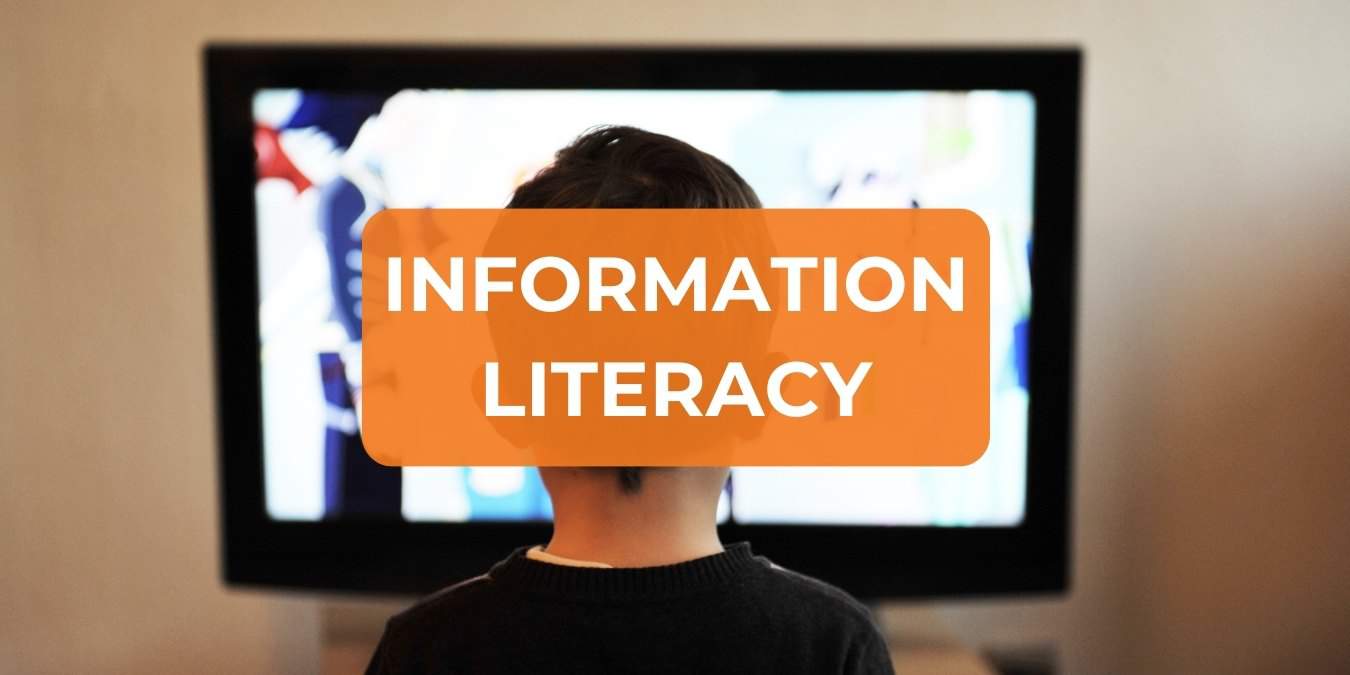Not only is there an overabundance of online information, there are more ways than ever that news can be manipulated. Because of these changes, it is so important that children learn to be discerning when it comes to the types of news, information, and media they “consume.” It is important that they develop Information literacy skills.
We can’t turn on the news or open a newspaper or news magazine and be certain that what we read is accurate, truthful, unbiased information. We used to have faith in our news outlets and what they were reporting. We knew that news equaled truth. Our children do not have that luxury. They are inundated with messages from so many sources. Many of them are unreliable. Which is why we need to teach them to consume information with their critical thinking hats.
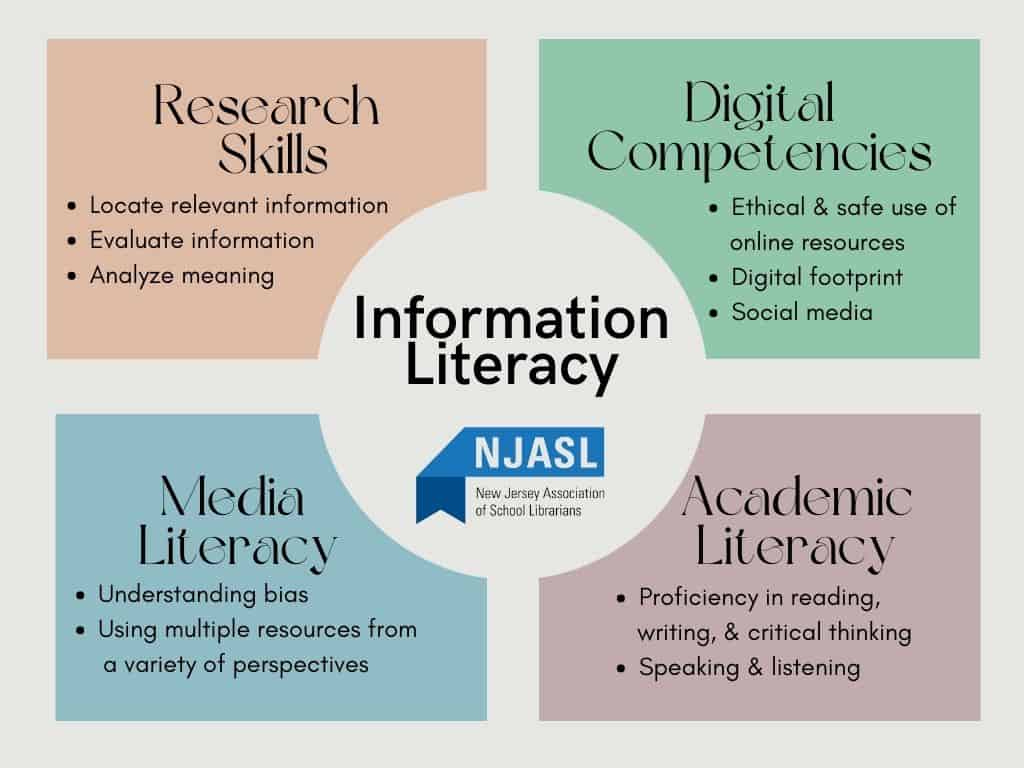
What Is Information Literacy?
The information literacy definition term can include a number of skills and can be defined in a variety of ways. I like to think of information literacy as an umbrella term encompassing a number of different competencies and skills:
1. Academic literacies like reading and writing,
2. Digital competencies, including staying safe online,
3. Media literacies like understanding bias,
4. Research skills, including evaluating information.
(Source: New Jersey Association of School Librarians)
Children today have to make choices about things that we never dreamed of, things like which of the thousands of news outlets have accurate information, which platform (TV, websites, social media) works best for their needs, and how to navigate the internet in a safe and healthy way?
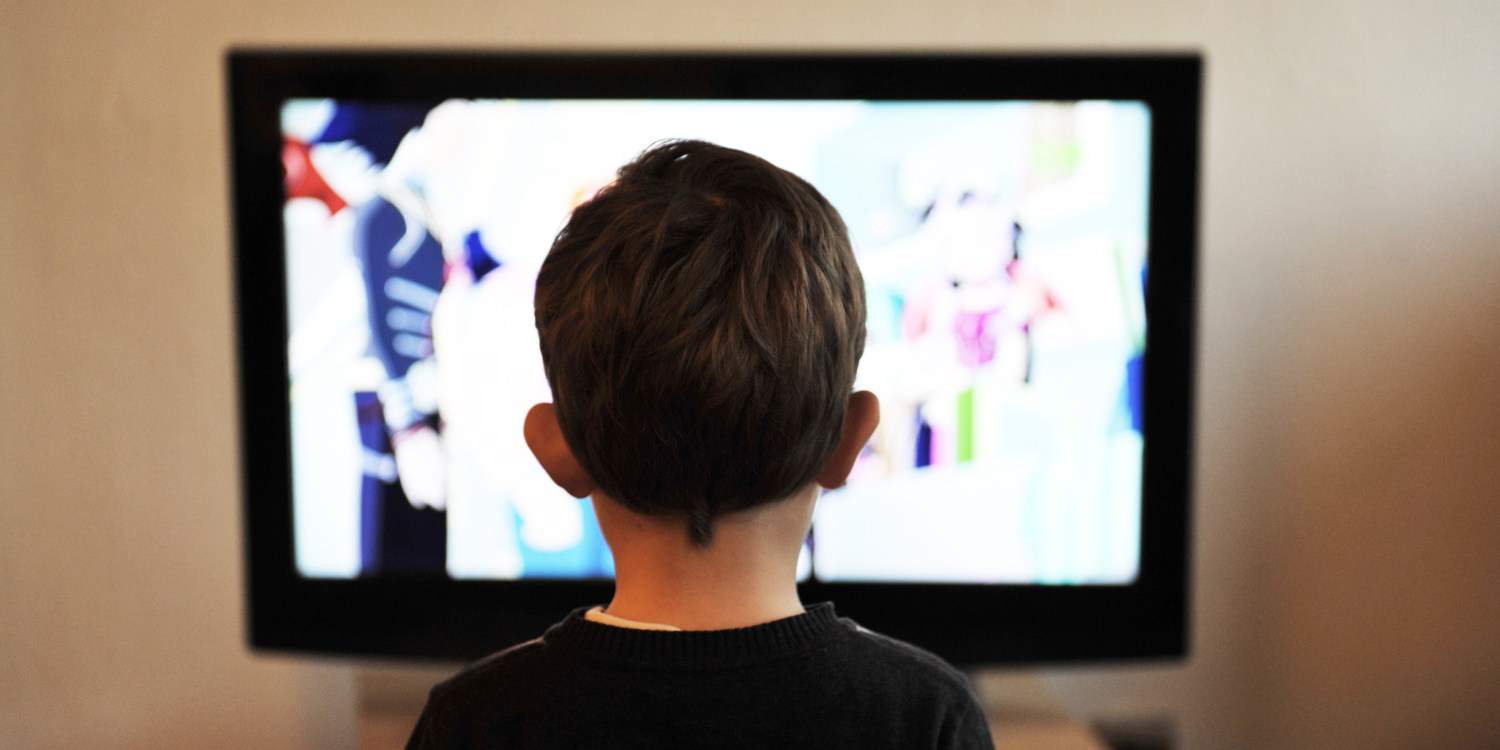
What can adults do?
- Encourage children to think about their media choices is the first step toward developing information literacy skills.
- Ask children why they chose the book they are reading.
- Discuss their favorite YouTube channel.
- Challenge them to limit their online time. Encourage them to discuss and reflect on their choices.
- Read books about information literacy from the list below and discuss.
The books below are for children approximately ages 3-12. They are a great starting point for developing information literacy skills and helping children grow into teens and adults who can confidently navigate the abundance of available information.
Books About Information Literacy
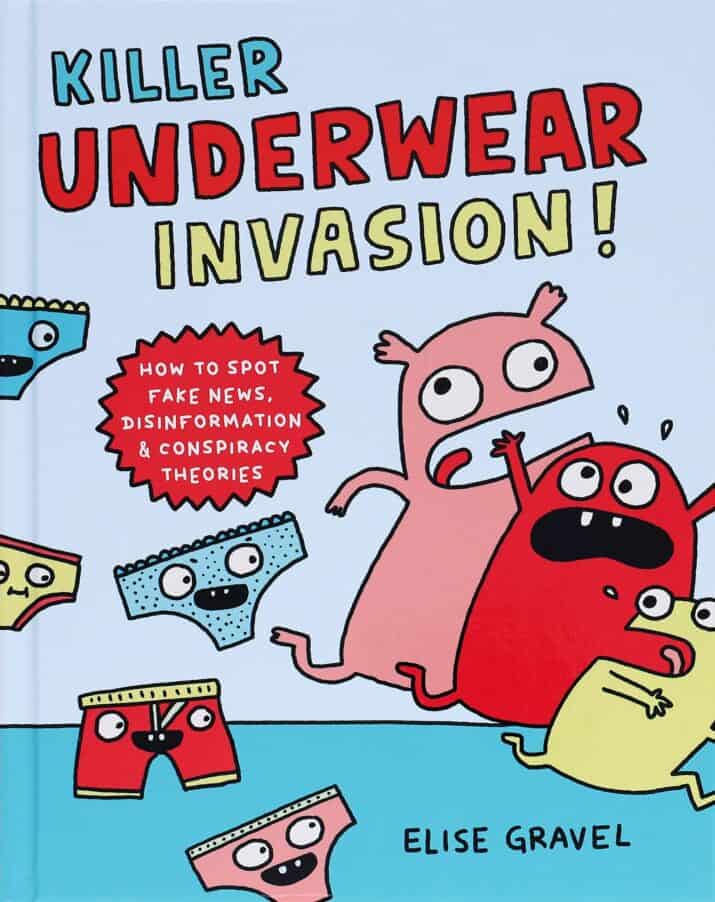
Killer Underwear Invasion! : How To Spot Fake News, Disinformation & Conspiracy Theories written and illustrated by Elise Gravel
The cover art and title will make children want to read this book. What they might not expect is that it is chock full of important and useful information. It covers a lot of topics in an easily accessible format. Chapter One jumps right into, “What is fake news?” Complex topics like fake news, disinformation, and confirmation bias are explained with easily understandable text and humorous examples and illustrations. This is a fun and informative read.

Can You Believe It? : How To Spot Fake News And Find The Facts written by Joyce Grant and illustrated by Kathleen Marcotte
The introduction explains, “The key to figuring out what’s fake is critical thinking. That means wondering about things. Being skeptical.” This colorful picture book gives concrete tips, examples, and opportunities to practice critical thinking skills related to information literacy. It is broken into easy to read blocks of text and speech bubbles. The teaching points are big, but the book is entertaining enough that it can be enjoyed at home as well.
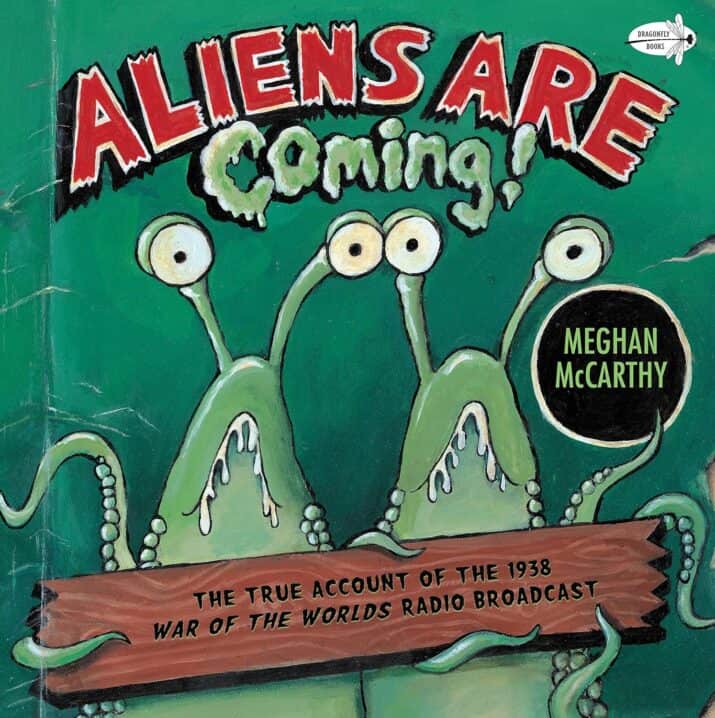
Aliens Are Coming!: The True Account Of The 1938 War Of The Worlds Radio Broadcast written and illustrated by Meghan McCarthy
You might think “fake news” is a new phenomenon. But reading this picture book depiction of a real event is a reminder that there have always been people who believe everything they hear. This book offers a window into an event that seems too crazy to have happened. But it showcases exactly what happens when people don’t take the time to think critically. Practicing information literacy skills and discussing what could have been done differently will help avoid repeating this type of event.
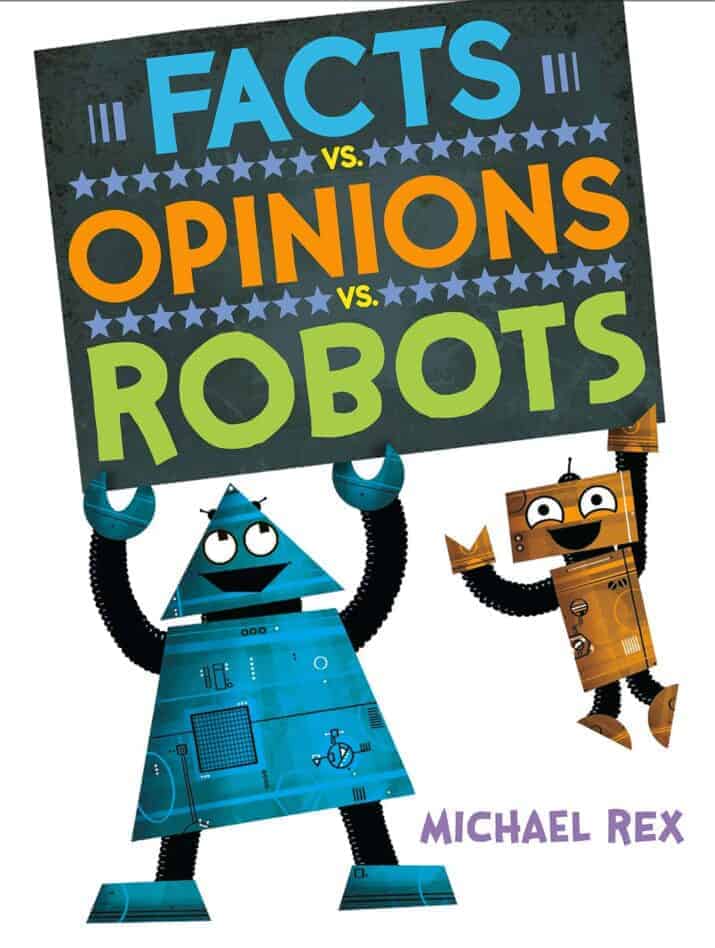
Facts vs. Opinions vs. Robots written and illustrated by Michael Rex
Sometimes, it’s easy to tell the difference between a fact and an opinion. And sometimes it’s hard. Practicing with this hilarious book is an engaging and meaningful way to apply critical thinking and information literacy skills. An important tip for children (and their grown-ups) is to remember to pause when you do not have enough information. Gathering additional information is an important skill for anyone working on becoming information literate.
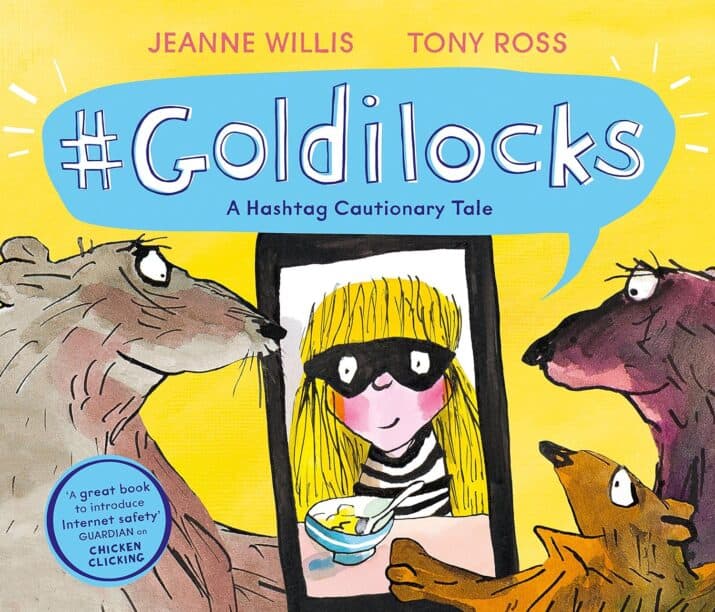
#Goldilocks: A Hashtag Cautionary Tale written by Jeanne Wills and illustrated by Tony Ross
In a current take on a classic tale, Goldilocks is a modern girl who seeks fame and followers on the internet. As she seeks a larger audience, her video posts become more outrageous. Yes, there will be consequences! In addition to the messages on digital safety, there is an opportunity to discuss what motivates people to post content online.
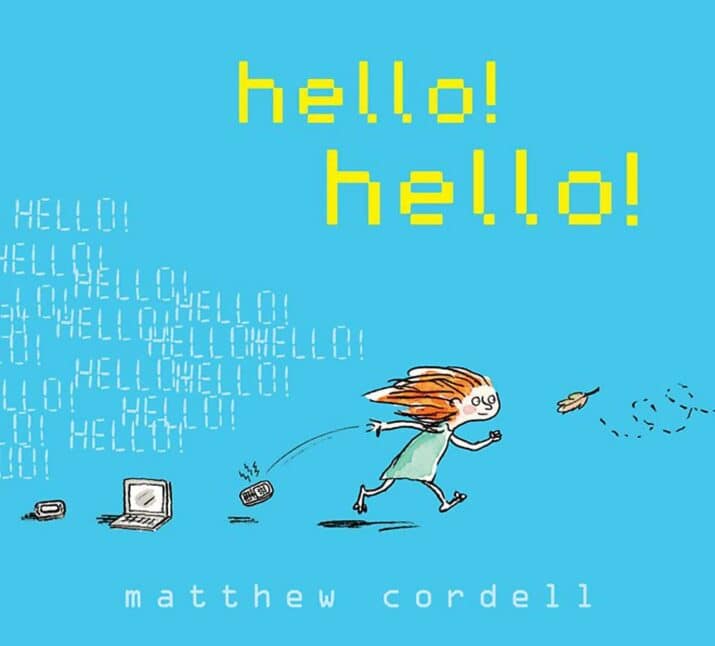
Hello! Hello! written and illustrated by Matthew Cordell
This is a lovely book about a young girl who is fed up with her gadget-loving family. She decides to act as an “ambassador,” leading her family back to nature and back to communicating with one another the old-fashioned way, by being together. This is a great book for discussion about digital citizenship.
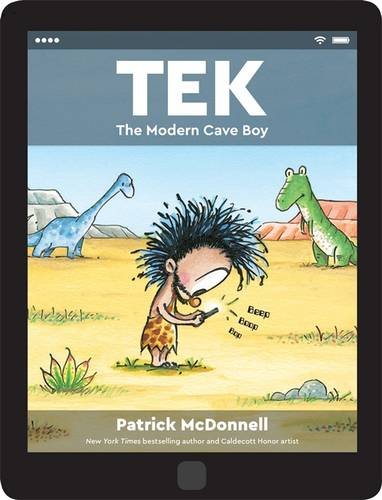
Tek: The Modern Cave Boy written and illustrated by Patrick McDonnell
The main character Tek is so engrossed in his devices that he has no balance in his life. He is consumed by the digital world and forgets to look for the beauty in the real world. This is a book to remind children that limits on technology are important and healthy.
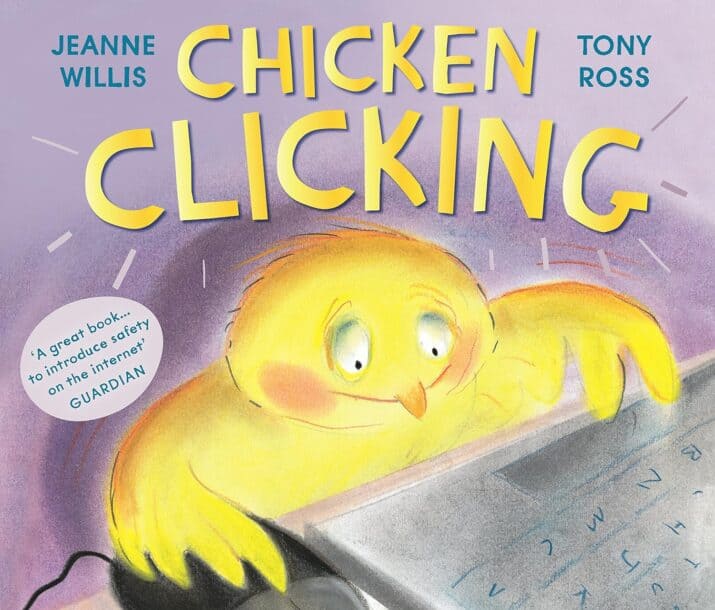
Chicken Clicking written by Jeanne Willis and illustrated by Tony Ross
Uh-oh! Chicken is not using digital resources responsibly, as she clicks away buying item after item. Things get even worse when she disregards one of the most important aspects of being a good digital citizen and being safe online! Ask your little one what Chicken should have done differently.
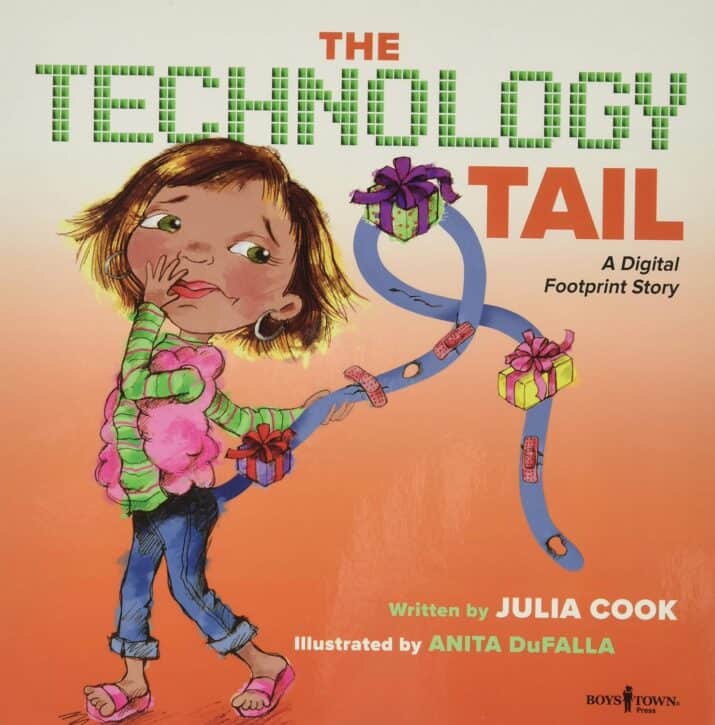
The Technology Tail: A Digital Footprint Story written by Julia Cook and illustrated by Anita DuFalla
If you know a youngster who needs a reminder about being a responsible and kind digital citizen, this book fits the bill. It’s a bit preachy, but the teaching and talking points are important and obvious.
BONUS BOOK FOR AGES 8-13
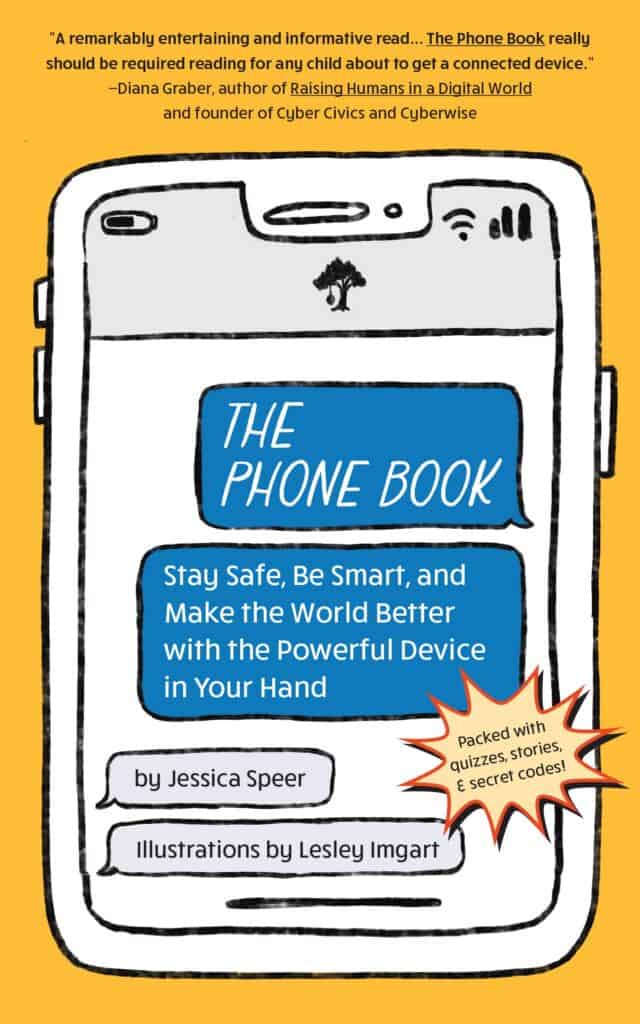
The Phone Book: Stay Safe, Be Smart, and Make the World Better with the Powerful Device in Your Hand written by Jessica Speer and illustrated by Leslie Imgart
This book covers a lot of ground in a way that will keep children interested. There are text boxes, techy tidbits, weird facts, and activities. The book encourages critical thinking about our online presence and explores healthy habits and ways to stay safe online. Sensitive topics like sexting, tech addiction, and stranger danger are included in an informative, non-judgemental way.
We all want children to be safe, responsible, and discerning when it comes to using the internet and other forms of media. To that end, we have to teach them how to make smart choices about what information and sources are accurate and reliable. We have to teach them how to set limits on their digital usage. And we have to teach them how to be reflective in making decisions about what they see, hear, and read. As adults, we have the knowledge and experience to help them navigate the overabundance of information. And luckily, we also have many worthwhile books to get us started on building information literacy skills.
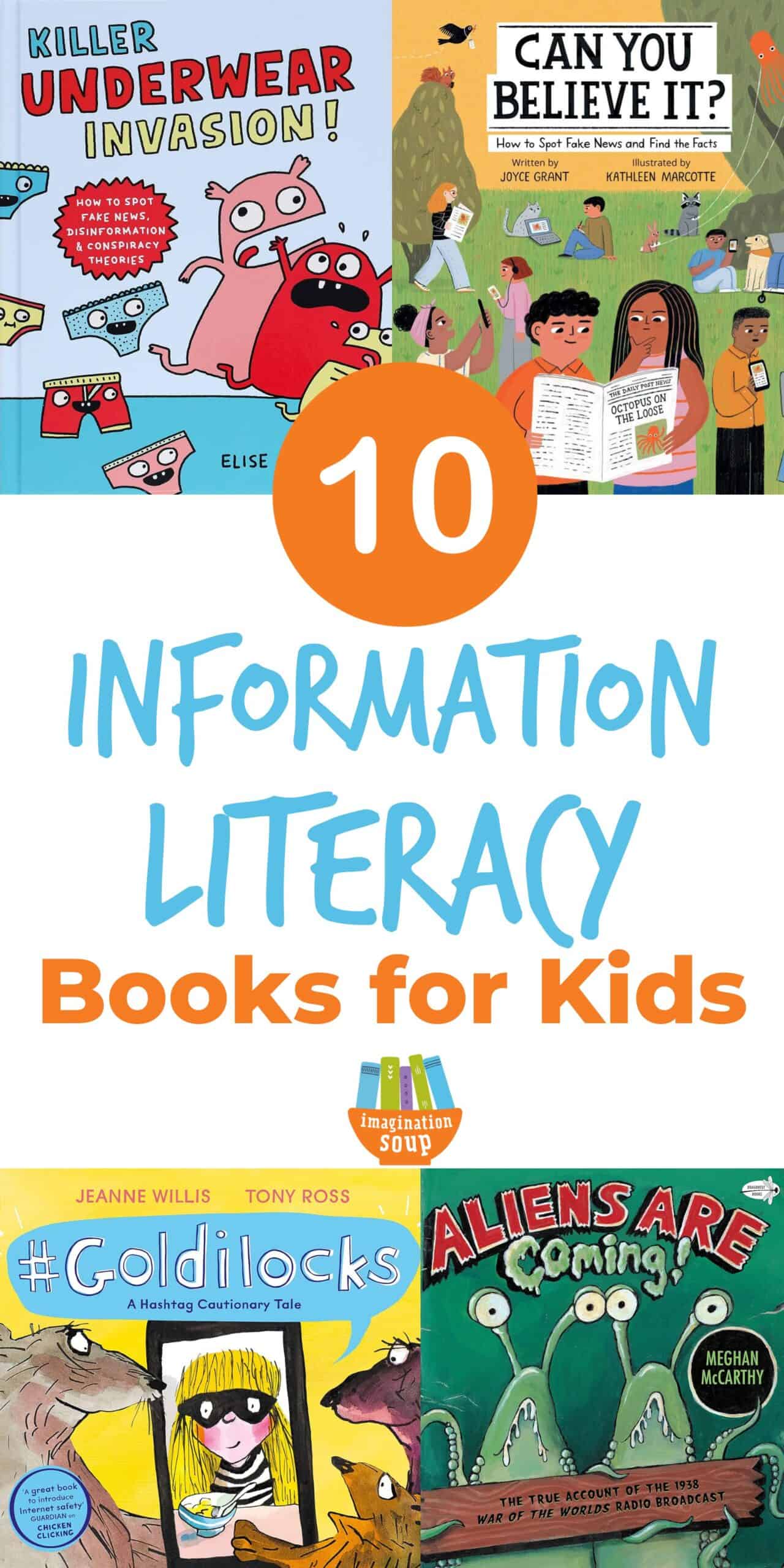
KEEP READING
Best Audiobooks for Middle Grade Readers
Nonfiction Books
Memory Games
Kids Dictionary

 PARENTING TIPS
PARENTING TIPS PREGNANCY
PREGNANCY BABY CARE
BABY CARE TODDLERS
TODDLERS TEENS
TEENS HEALTH CARE
HEALTH CARE ACTIVITIES & CRAFTS
ACTIVITIES & CRAFTS